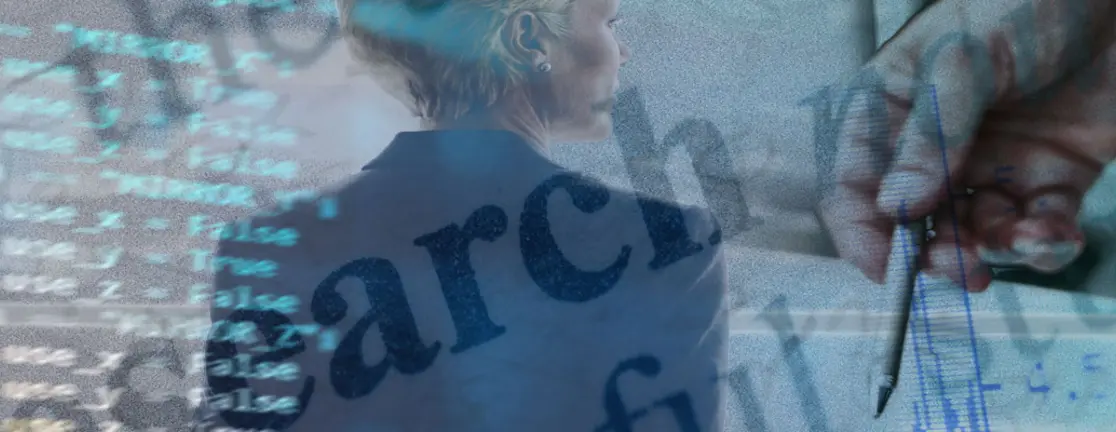Summary
Abstract
The Sharpe Ratio has become a standard measure of portfolio management performance, taking into account the risk side. In that framework, the consideration of risk is reduced to returns volatility. The Sharpe Ratio does not encompass extreme risk, especially on the downside.
In this paper, we provide four methods for constructing Tail Risk Adjusted Sharpe Ratios (TRASR), using asymmetric measures of risk: semi variance, Value-at-Risk, Conditional Value-at-Risk (or Expected Shortfall) and expected utility derived measures of risks. We also have an exploration of the Aumann & Serrano’s Economic Index of Riskiness.
The adjustment translates into an adjusted volatility, which allows us to keep the Sharpe Ratio format and to compare the impacts of the adjustments. For that, we use the Cornish-Fisher transformation to model tail risk, duly controlling for skewness and kurtosis.
